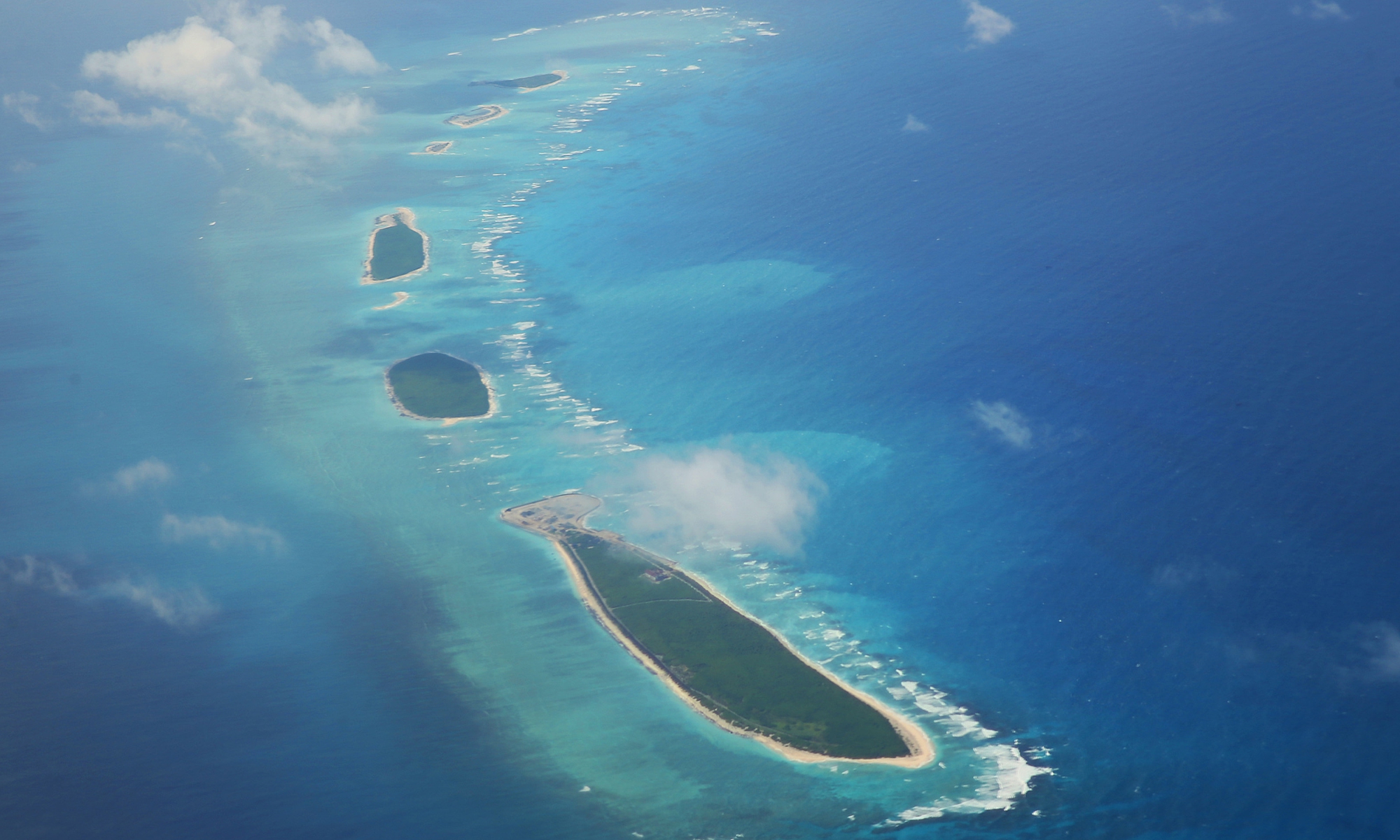
Prasanta Kumar B.K.
Kathmandu: As the waves of history shift, the Indian Ocean has become the center of international geopolitics, resonating the recurrence of a once-dominant paradigm: sea power.
Major powers once again seek control of the world’s oceans, with the Indian Ocean at the center of this power struggle, as the world increasingly revolves around maritime trade and globalized supply chains. The 21st century, it seems, belongs to the seas, and the Indian Ocean, once overshadowed by the Atlantic and Pacific, has become the new theater of international rivalry.
Geopolitics, the study of how geography, politics and economics shape political relations, has always considered oceans as strategic pathways of power. Admiral Alfred Thayer Mahan, a notable geopolitical scholar and strategist, proclaimed that nations which command the seas command global trade, and by extension, world’s dominant power. Mahan’s analysis of the British Empire’s rise through its naval dominance still holds significance today.
Sea powers, due to the inherent mobility of the ocean, can more easily mobilize goods, flex their muscles, and exert influence over distant lands than land-based powers can.
The conflict between Russia and Ukraine, which began as land-based warfare, transitioned into sea-based warfare, spanning from Crimea to the Black Sea. Who knows that the current conflict between Israel and Palestine is reaching to Lebanon and Iran and now has the potential to extend to the Red Sea? Due to its strategic significance, the war has transitioned from land to sea. With the rise of the global south, the balance of global power shifts toward Asia; Mahan’s theory seems to be making resurgence.
China, the world’s second-largest economy, has emerged as a formidable maritime power, particularly in the Indian Ocean. With its Belt and Road Initiative (BRI), China is securing key naval and trading ports across the region, strengthening its presence in what it views as a vital waterway for energy imports and exports.
Beijing’s ambition to be a global power by 2049 pivots on maritime strength, and the Indian Ocean is prime to its policies. The sea routes that crisscross this ocean connect the energy-rich Middle East to the rising economies of Asia and the markets of Europe, making the Indian Ocean one of the busiest and most strategically important waterways in the world today. The way the Indian Ocean links four continents—Asia, Africa, Australia, and Antarctica—paves the vibrant corridor for international trade and transit. The Indian Ocean handles nearly two-thirds of the world’s oil shipments and half of all containerized cargo, underscoring its critical role in the global economy. Moreover, its wealth of natural resources, from oil to minerals, has turned it into a prized geopolitical zone for both developing and developed nations.
The strategic significance of the Indian Ocean also lies in its choke points—narrow passages through which much of the world’s oil and trade must pass. The Straits of Hormuz, Bab-el-Mandeb, and Malacca, among others, are critical to global energy security. Control over these choke points is not just about economic dominance, but about geopolitical leverage. This reality has led to heightened competition among major powers like the United States, China, and India, as well as regional actors such as Japan and Southeast Asian nations, all vying for influence in the region. The Indian Ocean is no longer a backwater but the front line of a global power contest.
India, long a dominant power in the region, is also asserting its influence. The Indian Ocean, the only ocean named after a country, has been integral to India’s geopolitical identity since ancient times. Today, India, with its multi-aligned foreign policy, especially its ‘act east’ foreign policy, is positioning itself as a major player seeking to counter China’s growing presence in the region. India’s strategic location, large navy, and extensive ties with Southeast Asian and African nations give it a natural advantage.
Since the relationship between India and China has been defined more by competition than cooperation, the Indian Ocean is going to witness a geopolitical power struggle that will shape the future of the region and the world. Furthermore, the long-term geopolitical tensions between India and Pakistan have made the region a hotspot to the level of no return to normal.
There are also potential flashpoints due to the ongoing unrest in Israel-Palestine, Yemen, Iran, and Somalia in the region. In fact, the Indian Ocean Region (IOR) has already experienced significant militarization, primarily due to the prevalence of piracy in the Horn of Africa and the Arabian Sea, which has significantly threatened maritime commerce. These conflicts not only threaten regional stability but also disrupt the vital sea lanes of communication that are the lifeblood of international trade and energy supplies.
As major powers increase their military presence in the region, the risk of escalation and confrontation grows, ultimately leading to the maritime cold war. Nearly 100-120 warships from different Navies are present in the Indian Ocean, contributing to its heavy militarization. There is limited knowledge about the number of submarines, particularly those that are nuclear-powered and armed. Altogether, 662 warships from 29 different Navies visited Sri Lankan ports from 2009 to 2024 alone.
What makes the Indian Ocean even more pivotal is its role in the “Asian Century.” Asia’s rise, driven by its large populations, growing economies, and expanding markets, has transformed the region into the world’s economic engine. The Indian Ocean is the vein through which much of Asia’s trade flows, connecting it to the global economy. However, the future of the region depends on strong leadership to secure peace and prosperity.
Historically, the world’s greatest geopolitical rivalries of the 19th and 20th centuries took place in the Atlantic and Pacific oceans, neglecting the Indian Ocean. As we move deeper into the 21st century, the Indian Ocean will continue to play a significant role in shaping the geopolitics of Asia-Pacific and beyond. Those who command the Indian Ocean will, in many ways, determine the future of both regional and global power.
The Indian Ocean, at the center of this grand geopolitical chessboard, has substantially revived Mahan’s sea power theory. Nevertheless, in the deeply integrated world, countries must navigate the geopolitical storm amid strategic struggle, convergence, and ambiguity. As the world’s major powers set sail on this new voyage of geopolitical maneuvering, it is clear that the 21st century will indeed be the century of the oceans.
[This article is partly motivated by the lecture delivered by Admiral Prof. Jayanath Colombage, PhD, on Geopolitics and the Indian Ocean at the School of International Relations, Sichuan University, China, in October 09, 2024. Currently, he has been an ambassador for Sri Lanka in Indonesia since 2023.]














